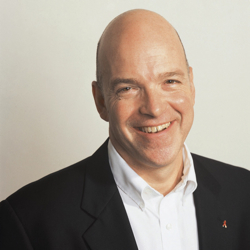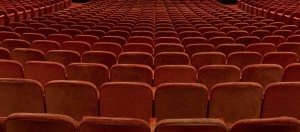Where do we find audiences? In this post, Ben Cameron—Program Director for the Arts at the Doris Duke Charitable Foundation—argues that the concert hall is only one place we should be looking. Ben Cameron joins us in San Francisco on Sunday, May 13 for our free Talking About Audiences event. Register today!
 How questions are framed inevitably guides and often limits our thinking. I am especially struck by the observation in this blog that “…the core orchestral presentation—a live, on-stage concert—is essentially unchanged over the past 100 years. Will that, can that, remain the case for the next 100 years?”—a “can” that seems to imply an aspiration to retain that format and an overall frame that provokes several questions of my own.
How questions are framed inevitably guides and often limits our thinking. I am especially struck by the observation in this blog that “…the core orchestral presentation—a live, on-stage concert—is essentially unchanged over the past 100 years. Will that, can that, remain the case for the next 100 years?”—a “can” that seems to imply an aspiration to retain that format and an overall frame that provokes several questions of my own.
Are there reasons that the experience of the last 100 years should be definitive? (more…)



 There has been a lot of discussion lately in arts circles about the importance of listening to our audiences. For me, the point was underscored by an audience question during our
There has been a lot of discussion lately in arts circles about the importance of listening to our audiences. For me, the point was underscored by an audience question during our  “Tweet Seats.”
“Tweet Seats.”